That first snow always looks great—until you start thinking about what it’s doing to your roof.
Between freezing temps, ice dams, and a ton of added weight, winter can quietly do real damage up there. And by the time you spot a leak, it’s usually too late.
We’ll break down how to prep, protect, and stay ahead of costly winter roof problems before they pile up.
Key Notes
- Identify and prevent ice dams using proper insulation, ventilation, and snow removal techniques.
- Calculate safe snow load limits for your roof type and region-specific guidelines.
- Inspect for pre-winter vulnerabilities including damaged flashing, missing shingles, and clogged gutters.
- Apply preventative maintenance strategies that can save thousands in emergency winter repairs.
Winter Roof Damage: Causes and Consequences
Winter weather creates unique challenges for roofing systems. The primary culprits behind winter roof damage include:
|
Recent climate change patterns have intensified these risks, with many regions experiencing more severe winter storms, rapid temperature fluctuations, and unusual precipitation patterns.
These changing conditions make proactive roof maintenance more critical than ever.
Neglecting winter roof maintenance can lead to serious consequences:
|
Preventive Measures: Preparing Your Roof for Winter
Prevention is always less expensive than repair. Before winter arrives, take these steps to prepare your roof:
|
Attic Insulation and Ventilation: Key to Preventing Ice Dams
Proper attic conditions play a crucial role in preventing winter roof damage, particularly ice dams:
Insulation Requirements:
|
Ventilation Essentials
|
A properly insulated and ventilated attic maintains a consistent roof temperature, preventing the freeze-thaw cycles that lead to ice dams.
Smart Home Solutions for Proactive Roof Maintenance
Technology offers new ways to protect your roof during winter:
|
These smart home solutions provide real-time data and early warnings, allowing you to address potential problems before they escalate into costly repairs.
Managing Snow and Ice: Safe Removal Techniques
When snow accumulates on your roof, removal might become necessary, but this task comes with significant risks.
DIY Snow Removal Considerations
|
When to Call Professionals:
|
Professional snow removal services have the proper equipment and training to safely clear your roof without causing damage to the roofing materials.
Sustainable De-Icing Methods
Traditional rock salt and chemical de-icers can damage roofing materials and harm the environment.
Consider these more sustainable alternatives:
|
These methods effectively manage ice while minimizing environmental impact and protecting your roofing materials from chemical damage.
Post-Winter Assessment: Identifying and Repairing Damage
After winter passes, assessing your roof for damage is essential for maintaining its integrity.
Conducting a Thorough Roof Inspection
Look for these warning signs of winter roof damage:
|
Repairing Winter Roof Damage: Cost and Considerations
The cost of repairing winter roof damage varies based on several factors:
Minor Repairs:
|
Major Repairs:
|
Insurance and Financial Considerations
Most homeowner’s insurance policies cover sudden, accidental damage from winter storms but may exclude damage resulting from neglected maintenance.
To maximize your coverage:
|
Economic Impact of Preventative Maintenance
Investing in preventative maintenance delivers significant financial benefits:
|
The math is clear: regular maintenance costs a fraction of major repairs or premature replacement.
Worried Your Roof Won’t Make It Through Winter?
We inspect, prep & repair before problems get expensive
Frequently Asked Questions
How long does it typically take to install attic insulation and ventilation to prevent ice dams?
Installing attic insulation and ventilation typically takes 1-2 days for professional contractors. DIY installation may take longer depending on your experience level and the size of your attic. The investment pays off quickly through energy savings and prevented damage.
What are the signs that my roof is approaching its snow load capacity?
Warning signs include creaking or popping sounds from the roof structure, doors or windows that suddenly become difficult to open or close, visible sagging in ceiling areas, and cracks appearing in interior walls or ceilings. If you notice any of these signs, evacuate immediately and call a professional.
How often should I have my roof professionally inspected?
Most roofing experts recommend professional inspections twice yearly—once in fall before winter weather arrives and again in spring to assess any winter damage. Older roofs or those in severe weather regions may require more frequent inspections.
Are snow guards worth installing on metal roofs to prevent dangerous snow slides?
Yes, snow guards are a worthwhile investment for metal roofs in snowy regions. They help control the release of snow and ice, preventing dangerous avalanche-like slides that can damage property below or injure people. The cost typically ranges from $3-$9 per square foot depending on the system type.
What’s the best way to safely remove snow from a steep roof?
For steep roofs, use a roof rake with an extension pole while standing safely on the ground. Never climb onto a snow-covered roof. Only clear the first 3-4 feet from the edge to prevent ice dams while leaving some snow as insulation. For roofs too high to reach safely, hire professionals with proper safety equipment.
Conclusion
Winter puts your roof through a lot—ice buildup, heavy snow, wind, and temperature swings all take their toll. The good news is most of that damage is preventable with the right prep.
From checking attic ventilation to clearing gutters and sealing up weak spots, a little maintenance now can save you thousands later.
And when storms do hit, catching issues early makes all the difference.
If you’re getting ready for winter or already dealing with signs of damage, reach out for a free quote. We’ll help make sure your roof is ready for whatever the season throws at it.

